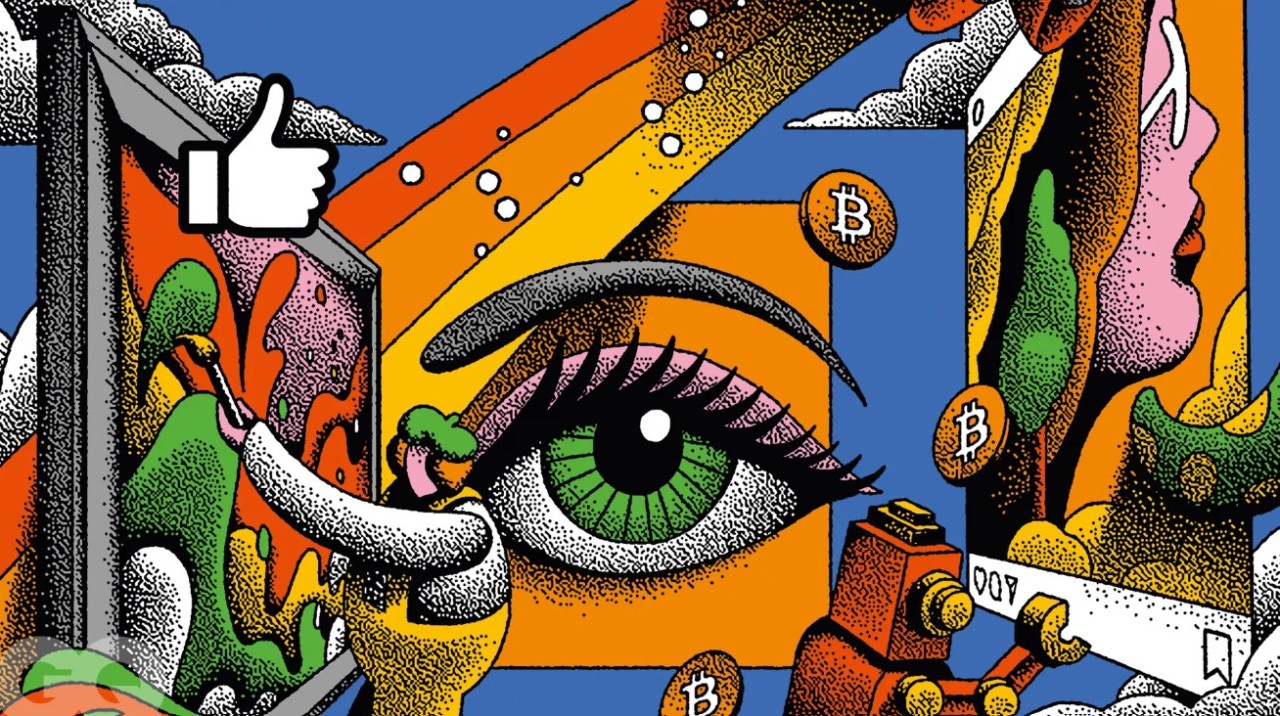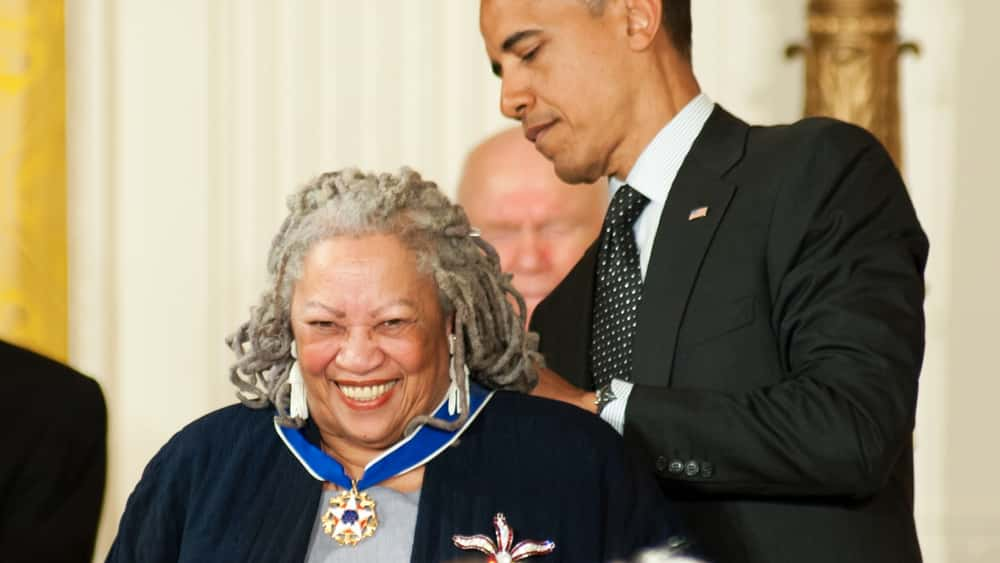justjlm.org – The digital age has revolutionized how we access and experience art and culture. With the advent of online databases, museums and galleries worldwide have opened their doors to a global audience, offering virtual tours, high-resolution images, and in-depth information about their collections.
A Virtual Art Gallery
One of the most prominent platforms for online art exploration is Google Arts & Culture. This comprehensive database provides access to millions of artworks from thousands of museums and cultural institutions around the world. Users can embark on virtual tours of renowned museums like the Louvre, the Metropolitan Museum of Art, and the Tate Modern, exploring their galleries and iconic pieces from the comfort of their homes.
Beyond the Surface
Google Arts & Culture offers more than just virtual tours. It delves deeper into the stories behind the artworks, providing detailed descriptions, historical context, and expert commentary. Users can zoom in on paintings to examine brushstrokes and textures, or explore interactive exhibits that bring history to life.
Preserving Cultural Heritage
Online databases play a crucial role in preserving cultural heritage. By digitizing their collections, museums can safeguard artworks from physical damage and make them accessible to future generations. In addition, these databases facilitate research and education, enabling scholars and students to study art and history from anywhere in the world.
The Future of Art and Technology
The future of online museum databases is promising, with ongoing advancements in technology opening up new possibilities. Virtual reality (VR) and augmented reality (AR) offer immersive experiences that transport viewers into the heart of artworks and historical sites. Artificial intelligence (AI) can analyze and categorize vast collections, making it easier for users to discover new and relevant content.
As technology continues to evolve, online databases will become even more powerful tools for art appreciation, education, and cultural exchange. By breaking down geographical barriers and democratizing access to art and culture, these platforms are shaping the future of how we engage with the world’s artistic heritage.

